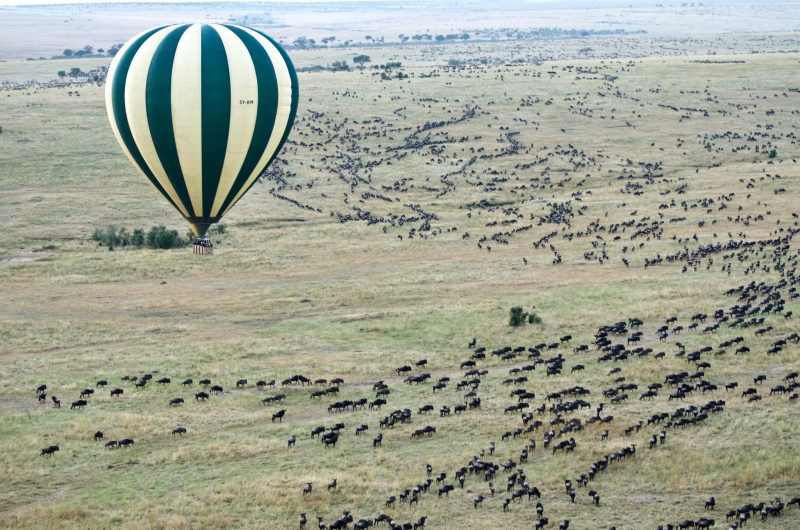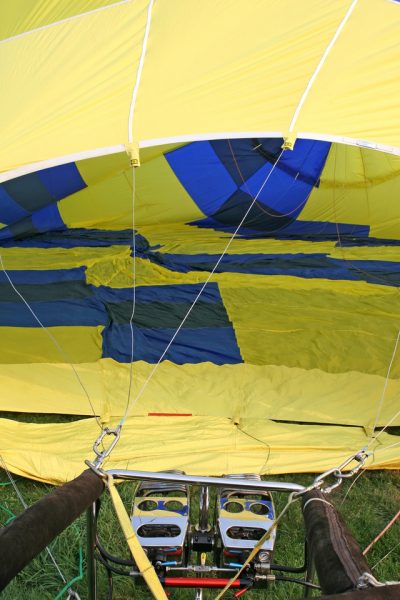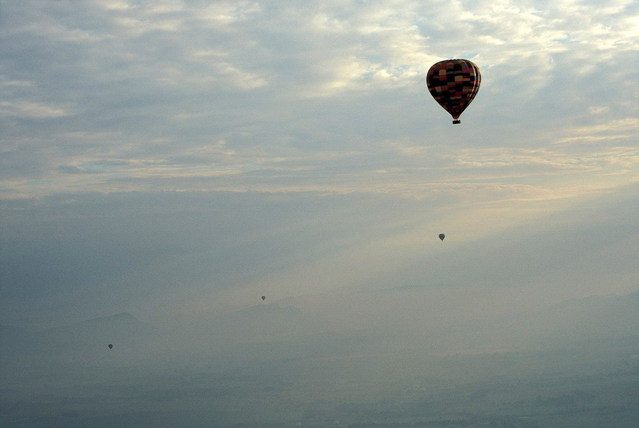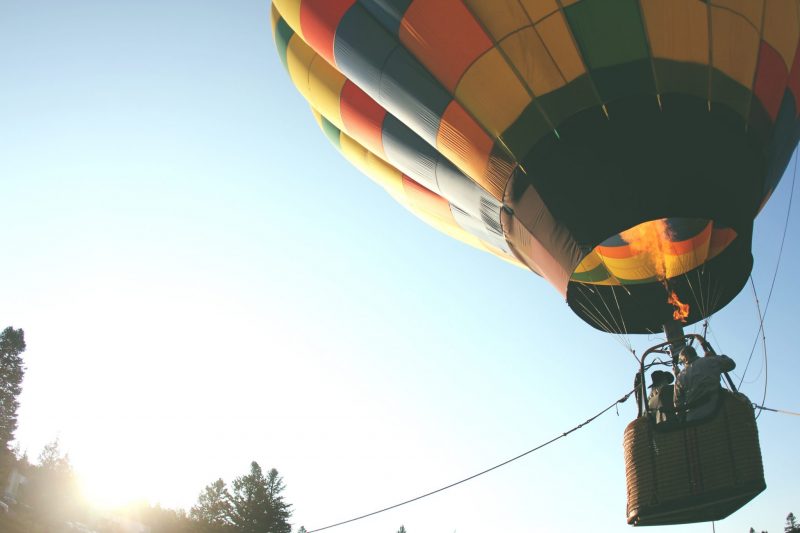How To Manoeuvre An Hotair Balloon
How to manoeuvre an hotair balloon. A typical hotair balloon ride lasts for about an hour. Weather conditions are best just after sunrise and 2 hours before sunset because light winds often occur during these timings. In between those times, when the sun is at its zenith, thermals make ballooning hazardous, although hot-air balloons can withstand temperatures of up to 250°F. But many ask relentlessly how to maneuvre an hotair balloon. The launch and ground crew consisting of a minimum of four people spends much of the time inflating and deflating the balloon just before and after the flight. Duties of the ground crew include launch preparation, following in the chase vehicle, getting permission for flight landing, and keeping clear of spectators. Some passengers find the preparation that goes before and after the ride – inflating and deflating the balloon – more spectacular than the actual flight – rising, falling, steering, and landing. Here’s a brief on how to manoeuvre an hotair balloon.
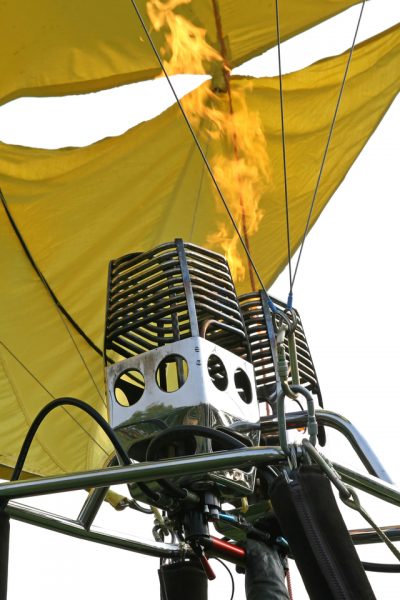
Free hot air balloon image with burners firing
Inflation of balloon
How to manoeuvre an hotair balloon. Once the crew has found an appropriate launching point, they attach the burner on top of the basket. Then the bottom of the envelope is attached on top of the flame. The rest of the balloon is unwrapped and laid out on the ground, and the crew partially inflates it with cold air using a large, powerful portable fan. When there is enough air, they remove the fan and blast the burner flame into the envelope. A rush of air surges into the envelope. The pressure of the heat starts building up, and that inflates the balloon all the way to an upright position. Meanwhile, the basket is attached to a vehicle on the ground until the last minute which holds it steady downwind to prevent it from rolling.
Pilot takes control
At this point, the pilot steps into the basket to do pre-flight checks on rigging, operational lines, pulleys, Velcro tables, parachute, flying wires, and the envelope fabric. From the burner, the pilot fires a steady flame after making the final checks. With that additional heat, it becomes buoyant. When the launch crew sets everything up and ready, and the passengers are on board, the ground team releases the balloon. As the air heats up, it gradually lifts right off the ground. This entire process only takes 30 minutes. The pilot then keeps firing the burner at regular intervals to ensure that it continues to be stable throughout the flight.
Hotair balloon rise
Once aloft, amazingly, the pilot can adjust the altitude of the balloon within a matter of a few feet by opening up the valve which lets the propane flow which in turn fires the flame into the envelope. The level of lift of the balloon depends on the difference between the weight in the basket as well as the temperature outside and inside of the envelope. Cooler seasons provide lift at lower internal temperatures and thus allow for less propane usage. Hotter seasons need higher temperatures to achieve lift thereby using more propane.
Hotair balloon fall
Falling to the ground or descending is done by opening the parachute valve at the very top so that hot air escapes and cold air rushes in. The parachute valve or vent is a circle of envelope fabric cut out in the upper part with a cord that runs down through the center. The pilot simply pulls the cord and opens the valve to let hot air escape, reducing the internal air temperature causing the balloon to land on the ground.
Hotair balloon steering
The flight’s speed and direction depend on the wind. The pilot skillfully uses this and maneuver horizontally by adjusting the vertical position because the wind directions are different at different altitudes. So, by adjusting the ascend and descend to the appropriate level and riding with the wind, the balloon can be moved in the desired direction. In other words, the pilot catches different airstreams at various heights as desired. Through the study of wind currents, a pilot can determine the overall direction of the flight. Generally speaking, the pilots don’t steer the balloons. Instead, a pilot’s job is to pick the altitude with the most desired wind direction. Hence, navigating sideways is hit-and-miss as it depends on the air currents. And that is what makes sweeping gracefully over the landscape in an hot-air balloon a thing of joy.
Hotair balloon landing
Once airborne, the pilot is always searching for appropriate landing sites. It is not possible to determine the landing site before the launch since a balloon travels with the wind. The pilot discusses possible landing spots with the ground crew when it is time to land. The spot has to be broad and expansive with no power lines and plenty of space to lay out the balloon. When it lands, sometimes there is a skid or a bump, and the landing can be a little rough. The basket may occasionally tip over slightly which is safe and reasonable. After a quiet hour in the clouds, people seem to enjoy the excitement. No amount of words can express the feeling unless one experiences it.
Deflation of balloon
How to manoeuvre an hotair balloon. The landing process consists of deflating and repacking the envelope. The ground crew at the landing site will hold the basket down once landed. The pilot then opens the parachute valve so that the air can escape. The ground crew helps the pilot deflate the balloon. After the envelope is flattened, they pack it into a stuff sack. The process is like packing a giant bag.
Champagne bush breakfast
Then follows the best and the fun part of the ride – a champagne bush breakfast at the landing site. The ground crew is responsible for laying the table for this sumptuous first meal of the day. The Maasai warriors who stand guard on all four sides keep their eyes wide open for any wild intruders. The sight of them around certainly does add to the ambiance of the bush experience
5 Frequently Asked Questions About Hot Air Balloon Flight
To book a balloon safari, please fill out the following form or simply email us on safaris@safari-center.com

